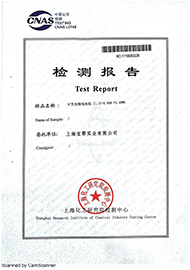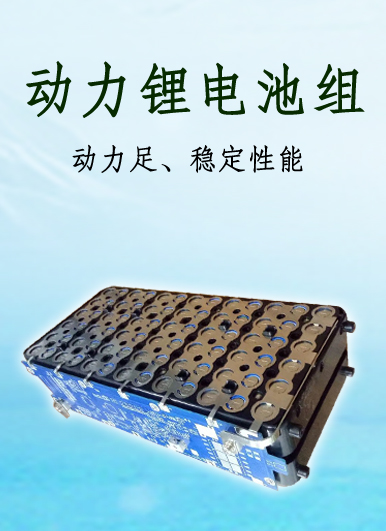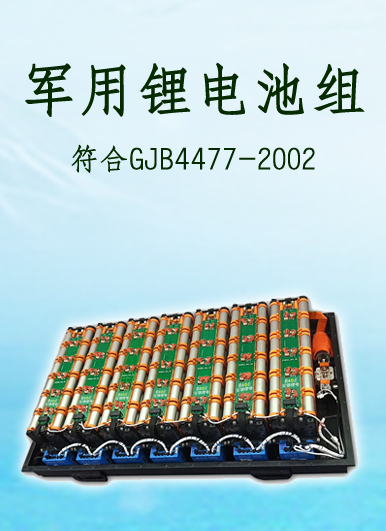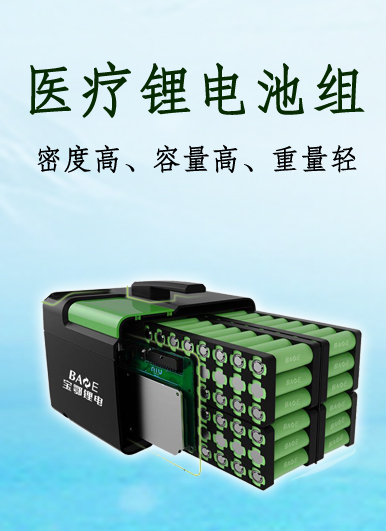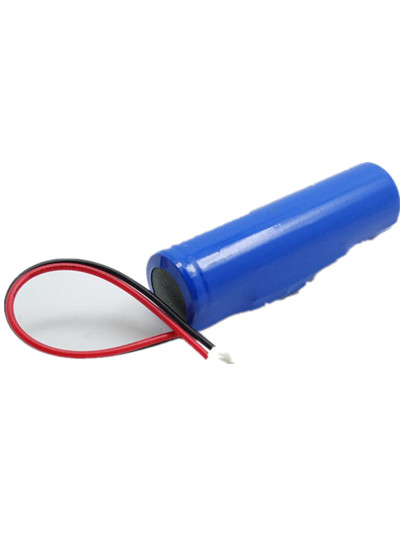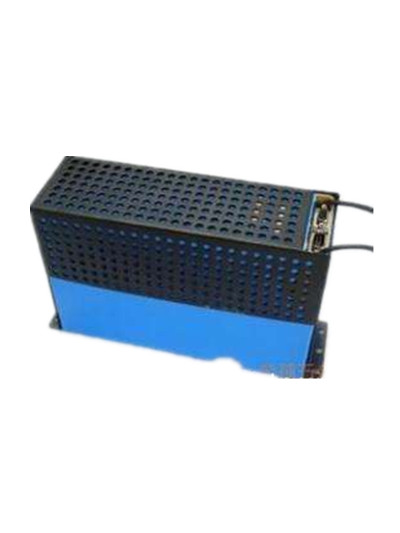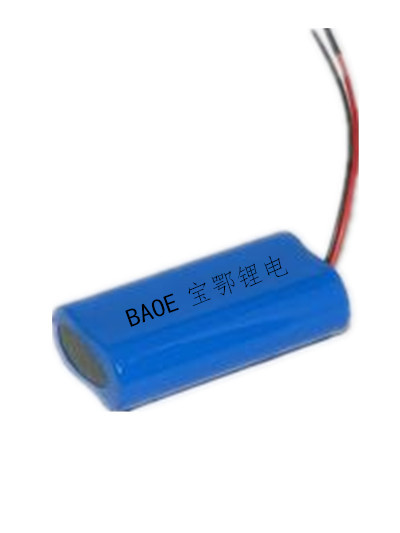1. When using lithium battery UPS, attention should be paid to the parameters of UPS, such as input voltage range, output waveform, output power, long power supply time, conversion time, as well as lithium battery brand, machine noise, volume, weight and other parameters. All kinds of UPS are not suitable for full load operation. More than 20% power margin should be retained. Good load should be controlled between 40% and 60% of the rated output power of UPS.
2. When the lithium battery UPS is not used for a long time, it should be turned on once every other time. For backup UPS, it is recommended to keep UPS working in the inverters for at least 2-3 minutes every 1 month in order to activate the battery and prolong its service life. When charging, overcurrent and overvoltage charging should be avoided as far as possible. Appropriate discharge helps to activate the battery.
3. Grasp the basic knowledge of lithium battery UPS, read the equipment instructions carefully, find out all kinds of warning information, warning codes, the meaning of indicator lights, as well as the causes of occurrence and response methods. Familiar with the functions of switches and buttons on equipment. Familiar with UPS operation, clear connection relationship.
4. Strengthen routine inspection and maintenance, check whether the equipment has alarms, odors, abnormal sounds, check whether the joints are loosened or not, whether the heat dissipation fan is working properly, whether the various instructions of the equipment are normal, and find out the problems and solve them in time.
5. Keep the appropriate environmental temperature. Environmental temperature is an important factor affecting UPS life of lithium batteries. Generally, the optimal environmental temperature required by battery manufacturers is between 20 and 25 degrees Celsius. Once the ambient temperature exceeds 25 C, the battery life will be reduced by half for every 10 C increase.
6. Replace waste/bad batteries in time. In the continuous operation and use of lithium battery UPS, due to the difference in performance and quality, the performance of individual batteries is degraded, and the storage capacity can not meet the requirements and damage is inevitable. When one or more batteries in the battery pack are damaged, maintenance personnel should check and test each batteries to eliminate damaged batteries.
7. The environment of lithium battery UPS should be well ventilated, conducive to heat dissipation and keep the environment clean. Do not bring inductive load, such as money counting machine, fluorescent lamp, air conditioning, etc., in order to avoid damage to uninterruptible power supply.
8. Don't turn off and turn on the UPS power of lithium battery frequently. Usually, the UPS power supply should be turned off for 6 seconds before it can be turned on again. Otherwise, the UPS power supply may be in the state of "starting failure". That is to say, the UPS power supply is in the state of neither market power output nor inverter output .1.使用锂电池UPS时应注意UPS的各项参数,如输入电压范围、输出波形、输出功率、长供电时间、转换时间,以及锂电池品牌、机器的噪音、体积、重量等参数。各种UPS都不宜满载工作,应保留20%以上的功率余量,好负载控制在UPS额定输出功率的40%~60%之间。
2.当锂电池UPS长期不用时,应隔一段时间开机一次。对于后备式UPS建议每隔1个月,让UPS工作处于逆变器工作状态至少2~3分钟,以便激活电池,延长电池的使用寿命。充电时,应尽量避免过流和过压充电。适当的放电,有助于电池的激活。
3.掌握锂电池UPS基本知识,认真阅读设备说明书,弄清各种警示信息,警示代码,指示灯的含义,以及发生的原因和应对方法。熟悉设备上各种开关,按钮的作用。熟悉掌握UPS各种操作,清楚连接关系。
4.加强日常的巡视、维护,检查设备有无告警,有无异味,有无异常响声,检查接头有无松动发热现象,散热扇运转是否正常,设备各种指示是否正常,发现问题及时解决。
5.保持适宜的环境温度。影响锂电池UPS寿命的重要因素是环境温度,一般电池生产厂家要求的最佳环境温度是在20-25℃之间。环境温度一旦超过25℃,每升高10℃,电池的寿命就要缩短一半。
6.及时更换废/坏电池。在锂电池UPS连续不断的运行使用中,因性能和质量上的差别,个别电池性能下降、储电容量达不到要求而损坏是难免的。当电池组中某个/些电池出现损坏时,维护人员应当对每只电池进行检查测试,排除损坏的电池。
7.锂电池UPS的使用环境应注意通风良好,利于散热,并保持环境的清洁。切勿带感性负载,如点钞机、日光灯、空调等,以免造成损不间断电源坏。
8.不要频繁地关闭和开启锂电池UPS电源。一般要在关闭UPS电源6秒钟后才能再次开启,否则UPS电源可能处于”启动失败”的状态,亦即UPS电源处于既无市电输出、又无逆变器输出的状态。
1.リチウム電池UPSを使用する時は、入力電圧範囲、出力波形、出力電力、長電力供給時間、変換時間、及びリチウム電池ブランド、機器の騒音、体積、重量などの各パラメータに注意してください。各種類のUPSはすべて仕事を満載するべきでなくて、20%以上の電力の残量を保留するべきで、良い負荷はUPSの定格の出力の40%~60%の間で制御します。
2.リチウム電池UPSが長期的に使わない場合、しばらく置いて起動してください。バックアップUPSに対しては、1ヶ月ごとに、UPSをインバータ動作状態にして少なくとも2~3分、電池をアクティブにして、電池の寿命を延ばすことを提案しています。充電する時は、過電流や過圧充電はできるだけ避けてください。適切な放電は電池の活性化に寄与する。
3.リチウム電池UPSの基本知識を把握し、設備説明書をよく読み、各種警告情報、警告コード、指示灯の意味、及び発生の原因と対応方法を確認する。設備の各種のスイッチ、ボタンの役割を熟知しています。UPSの各種操作を熟知し、接続関係を明確にする。
4.日常のパトロール、メンテナンスを強化し、設備に警告があるかどうかを確認し、異常な音がないかを確認し、ジョイントの緩みや発熱がないかを確認し、ヒートシンクの運行は正常かどうか、設備の各種指示は正常かどうか、問題を発見したら直ちに解決する。
5.適切な環境温度を維持する。リチウム電池のUPS寿命に影響を与える重要な要因は環境温度であり、一般的な電池メーカーが要求する最適な環境温度は20~25℃の間である。環境温度が25℃を超えると、10℃上がるごとに電池の寿命が半分に短縮されます。
6.廃棄/電池を適時に交換する。リチウム電池UPSの継続的な運転使用においては、性能と品質の違いにより、個々の電池の性能が低下し、蓄電容量が要求に達しないために破損することは避けられない。バッテリーの中の一つ/いくつかの電池が破損した場合、保守担当者は電池ごとに検査テストを行い、破損した電池を排除しなければなりません。
7.リチウム電池UPSの使用環境は通風がよく、放熱に有利で、環境の清潔を保つように注意しなければならない。感性的な負荷を持たないでください。例えば、点札機、蛍光灯、エアコンなどが壊れないようにしてください。
8.リチウム電池UPSの電源を頻繁に切らないでください。UPS電源をオフしてから6秒後に再起動します。そうでないとUPS電源は「起動失敗」の状態になります。つまりUPS電源は市販の電気出力がなく、インバータ出力もない状態にあります。


